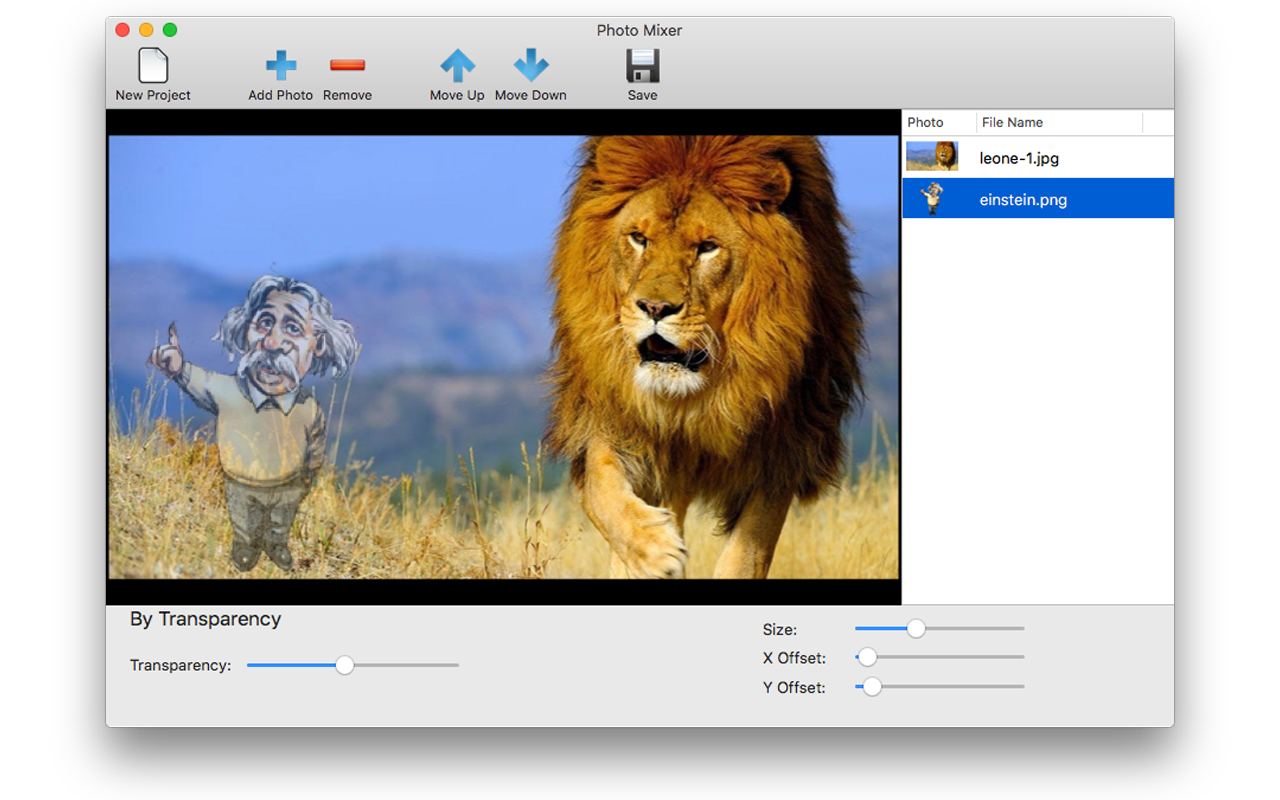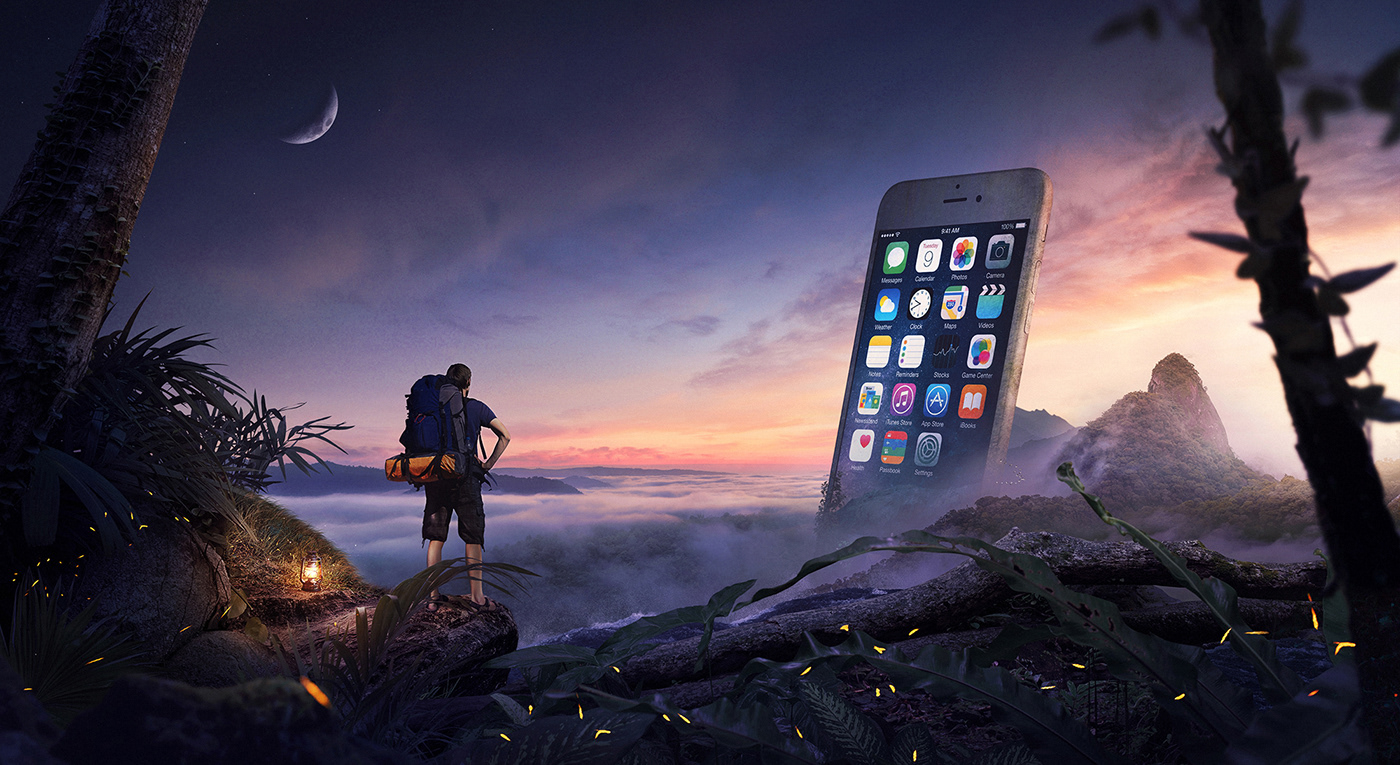
Some darkroom manipulations involved techniques such as bleaching to artfully lighten or totally wash out parts of the photograph, hand coloring for aesthetic purposes, or mimicking a fine art painting. Negatives can be manipulated while still in the camera using double-exposure techniques, or in the darkroom by piecing photos or negatives together. Traditional photographic prints can be altered using various methods and techniques that involve manipulation directly to the print, such as retouching with ink, paint, airbrushing, or scratching Polaroids during developing ( Polaroid art). The practice began not long after the creation of the first photograph (1825) by Joseph Nicéphore Niépce who developed heliography and made the first photographic print from a photoengraved printing plate.

Photo manipulation dates back to some of the earliest photographs captured on glass and tin plates during the 19th century. Retouching tools from the pre-digital era: gouache paint, kneaded erasers, charcoal sticks, and an airbrush, the latter giving rise to the phrase "airbrushed from history". Photoshopping is a verb for photograph manipulation as a genericized trademark of Adobe Photoshop. Software tools applied to digital images range from professional applications to basic imaging software for casual users.

Other techniques include retouching using ink or paint, airbrushing, double exposure, piecing photos or negatives together in the darkroom, and scratching instant films. For example, Ansel Adams used darkroom exposure techniques, burning (darkening) and dodging (lightening) a photograph. Photographs may be manipulated for political propaganda, to improve the appearance of a subject, for entertainment, or as humor.ĭepending on the application and intent, some photograph manipulations are considered an art form because they involve creation of unique images and in some instances, signature expressions of art by photographic artists. Some photograph manipulations are considered to be skillful artwork, while others are considered to be unethical practices, especially when used to deceive. Photograph manipulation involves the transformation or alteration of a photograph. Hurley argued with superiors over the ethics of compositing photos, arguing that war was conducted on such a vast scale that it was impossible to capture the essence of it in a single negative.

Australian photographer Frank Hurley formed this composite photograph from three original negatives of World War I Belgium.


 0 kommentar(er)
0 kommentar(er)
